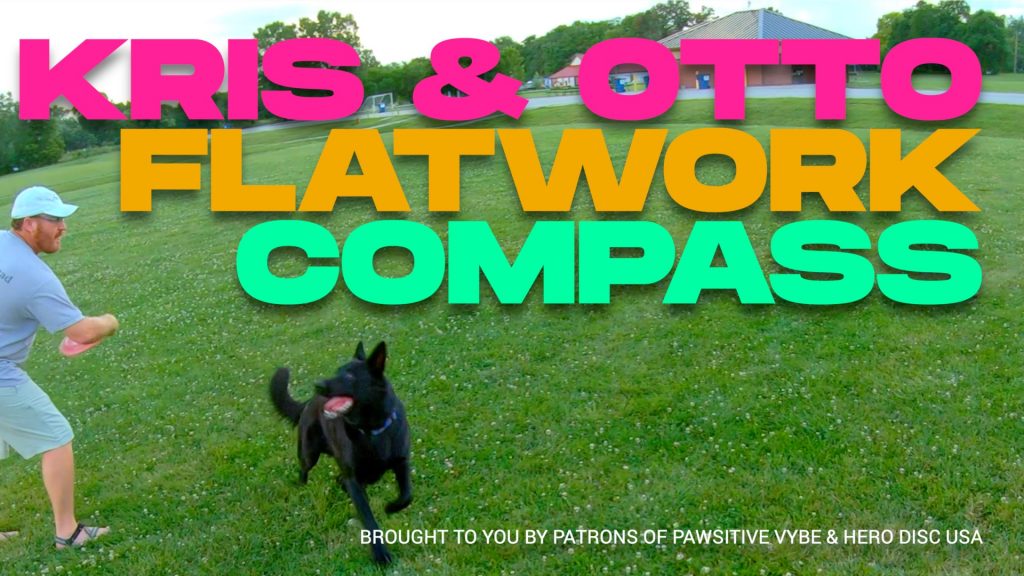
Kris & Otto Flatwork Compass
Kris & Otto work the Flatwork Compass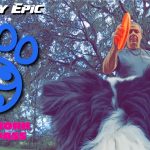 The Flatwork Compass is a disc dog form that separates the Flank from the Pass, creates a reliable trigger, and exposes the team to all of the key elements of Team Movement. https://www.youtube.com/watch?v=xW7Czz-7ows&list=PL8zWXaJfi1-synGOkBJ7u4p-WkotsL3LR... More in preparation for their first Fly Chi Flow
The Flatwork Compass is a disc dog form that separates the Flank from the Pass, creates a reliable trigger, and exposes the team to all of the key elements of Team Movement. https://www.youtube.com/watch?v=xW7Czz-7ows&list=PL8zWXaJfi1-synGOkBJ7u4p-WkotsL3LR... More in preparation for their first Fly Chi Flow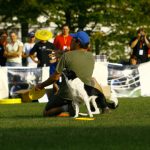 Flow is a key component of the modern day disc dog game. Keeping your dog moving with seamless, ever moving and flowing sequences with little to no set up time is the goal... More form. The Flatwork Compass features prominently in Team MovementTeam Movement is how dog and handler move, as a team, out there on the field. It is a judging category in some organizations and certainly is a focus of many judges, players,... More as a traffic signal of sorts for larger scale play and transitions from the Big Game of long throws and flatwork patterns and the Inside Game with the dog on top of the handler.
Flow is a key component of the modern day disc dog game. Keeping your dog moving with seamless, ever moving and flowing sequences with little to no set up time is the goal... More form. The Flatwork Compass features prominently in Team MovementTeam Movement is how dog and handler move, as a team, out there on the field. It is a judging category in some organizations and certainly is a focus of many judges, players,... More as a traffic signal of sorts for larger scale play and transitions from the Big Game of long throws and flatwork patterns and the Inside Game with the dog on top of the handler.
What’s the Point?
The Flatwork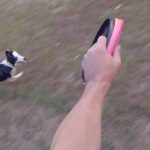 Flatwork is the stuff that happens between the catches. How the team moves and transitions, often without the disc, is flatwork. Flatwork concepts in disc dog are taken from the agility and herding... More Compass form creates a communication system that uses positional pressure, handler position, and disc placement to communicate Team Movement. Step forward and to the left, and we’re throwing Counter Clock Flank
Flatwork is the stuff that happens between the catches. How the team moves and transitions, often without the disc, is flatwork. Flatwork concepts in disc dog are taken from the agility and herding... More Compass form creates a communication system that uses positional pressure, handler position, and disc placement to communicate Team Movement. Step forward and to the left, and we’re throwing Counter Clock Flank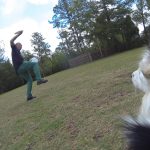 Out to the side of the handler is the Flank. If the dog is out to the handler's right or left the dog is on Flank. If the dog is moving with the... More. Step in place and open up to the back and you’re communicating Pass
Out to the side of the handler is the Flank. If the dog is out to the handler's right or left the dog is on Flank. If the dog is moving with the... More. Step in place and open up to the back and you’re communicating Pass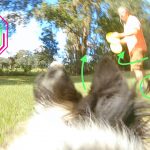 A Pass or Passing is a linear Team Movement maneuver that has the dog running or moving past the handler in close proximity, crossing or breaking the plane of the handler's body..
A Pass or Passing is a linear Team Movement maneuver that has the dog running or moving past the handler in close proximity, crossing or breaking the plane of the handler's body..
The point for new players seems to be throwing and moving the dog in various directions, gaining the clock and counter releases and triggers, and getting your bearings in a 360º disc dog game with shapes and angles. And that is true.
But there is also another point, a more subtle point to the exercise, and that is to stop AND get set up & locked into position, quickly and efficiently with the dog coming in from various angles. In this session here, Kris & Otto are focused on communicating Stop and on getting set up cleanly.
Reading and Stopping the Dog
You can see that Kris is starting to read the dog much earlier. Predicting and cuing the Cued Drop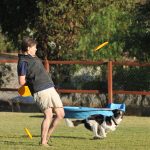 A cued Drop, or Drop for short, means that you tell your dog when to drop, purposefully, and upon your discretion. A cued Drop is a must in the game of disc in... More is getting much easier, and Kris’ focus can be seen on Otto at 12-15 yards, with purposeful movement. That’s great. This is a HUGE part of the Flatwork Compass.
A cued Drop, or Drop for short, means that you tell your dog when to drop, purposefully, and upon your discretion. A cued Drop is a must in the game of disc in... More is getting much easier, and Kris’ focus can be seen on Otto at 12-15 yards, with purposeful movement. That’s great. This is a HUGE part of the Flatwork Compass.
It’s the hidden lesson that sneaks in there. This is the hidden lesson that reveals itself after you start to work on some more intricate flatwork patterns.
Stopping Leads to Starting
This stopping of the dog seems super lame. It’s so boring – just stop the dog each time, set up, cue and repeat – Yawn…
Within the Flatwork Compass form itself, and compared to other interior disc dog work and Team Movement, it is kind of boring, but it’s magic once you start using it while you’re moving around a bit.
The pushing action of the 1st two flanking throws in the form teach the dog to stay out and move with the handler. I get to choose when to do that and the dog learns to respond. The 2 Passing throws allow the handler to take ownership and control over the pass. Once you’re able to stop the dog cleanly and efficiently with the blocking action of Flatwork Compass it becomes a simple operation to use that ability to stop and turn it into a launching pad for Team Movement.





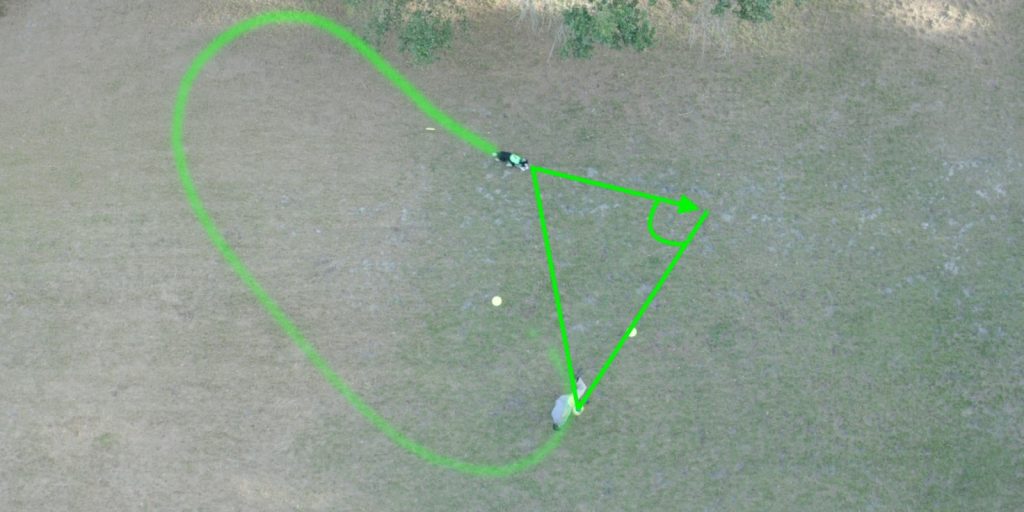
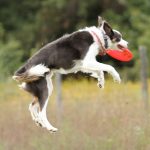
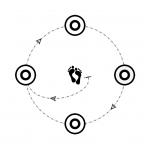
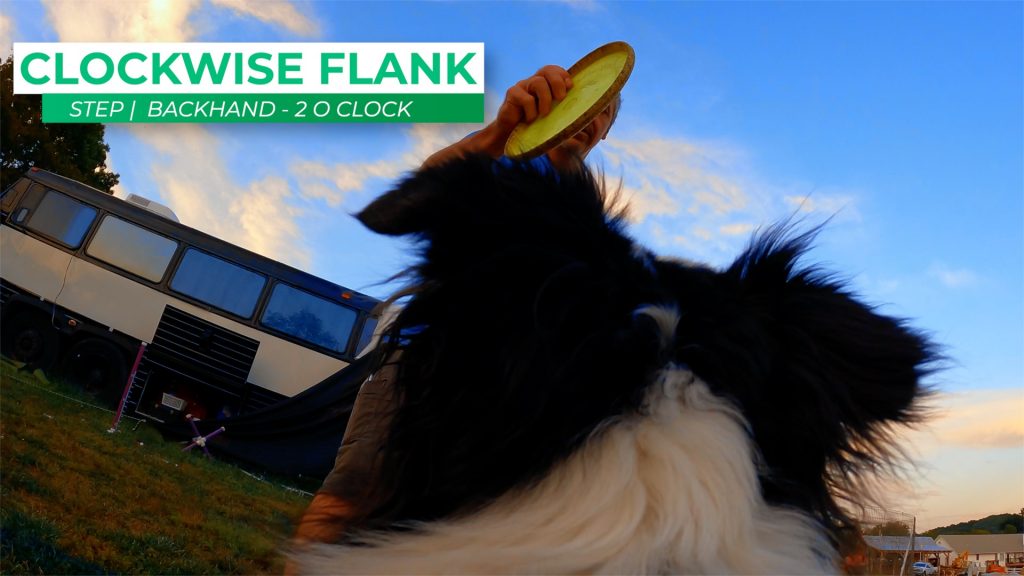


Responses